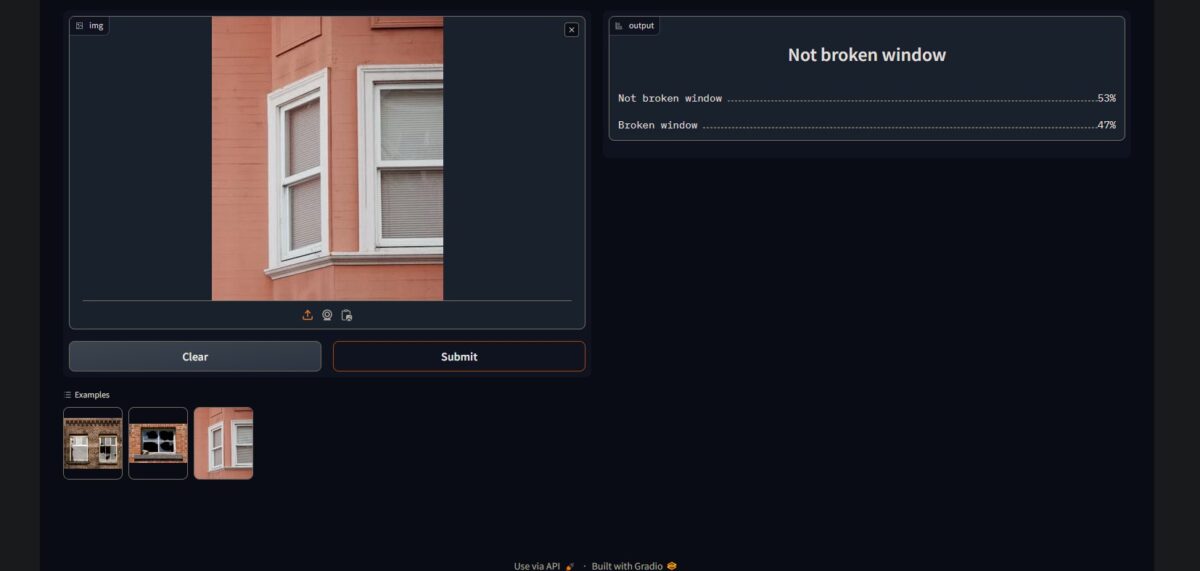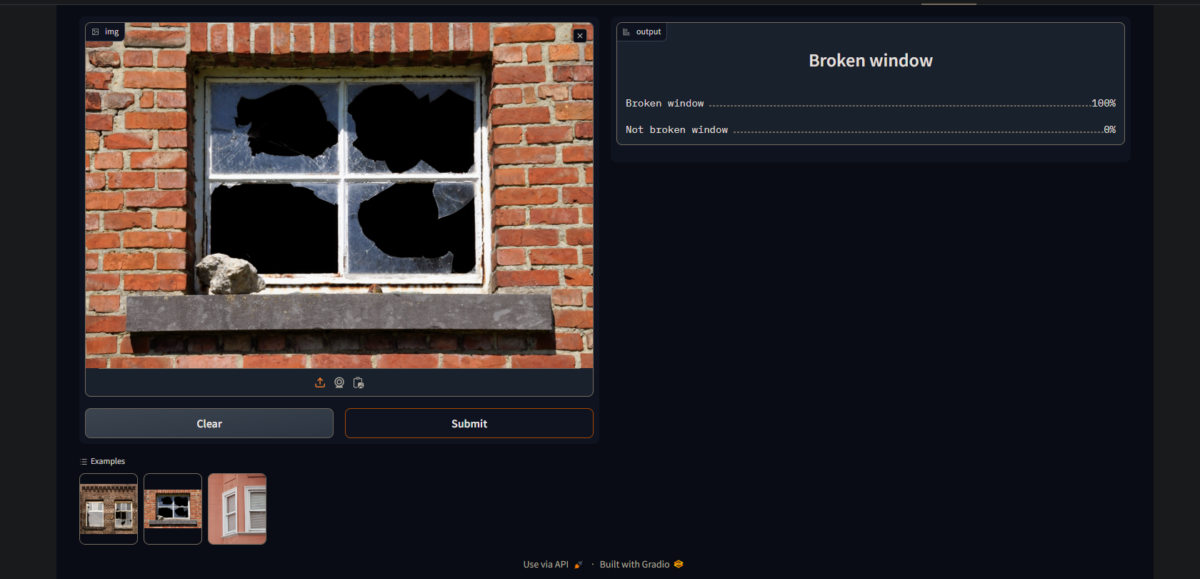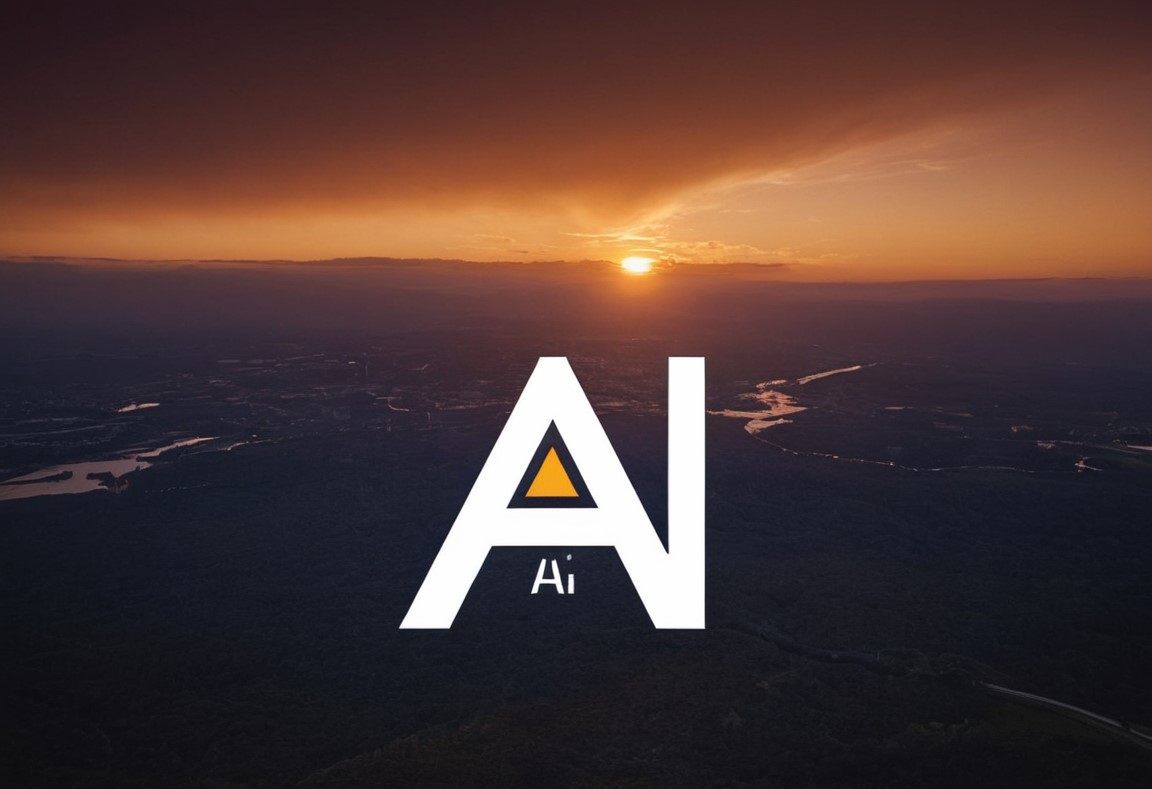Over the past few years, the realm of technology has experienced a significant leap forward, thrusting AI into the limelight for the general public. What’s particularly striking is the swift adoption of AI within the AEC industry, a departure from the usual pace of innovation uptake. Many firms are eagerly exploring avenues to seamlessly integrate AI into their workflows. This strategic move is aimed at securing a competitive advantage, whether through the automation of documentation processes to boost efficiency or by catapulting ahead in delivering top-notch design outcomes that stand out from the competition.
I have my own view on why this ‘early’ adoption has occurred. The first reason is the shortened time in the diffusion of innovations (https://en.wikipedia.org/wiki/Diffusion_of_innovations). Secondly, the almost inexpensive access to it. Regarding the former, consider the journey of BIM and how long it took to reach mainstream adoption. As for the latter, compare it to the cost of any CAD/BIM software license.
One last reason, and perhaps the most compelling factor, is because it feels like magic. No one can resist magic. Remember life before Google Maps, instant messaging, or YouTube? Can’t you? Well, this feels like a new tech paradigm shift with real applications and benefits that will distinctly mark the difference between before and after AI.
Any sufficiently advanced technology is indistinguishable from magic.
Arthur C. Clarke
Learning AI foundations
For those who are curious beyond what a prompt and response can offer, this is the ideal starting point for learning AI basics:
I’ve explored numerous books, courses, and videos in my quest to understand AI, but nothing compares to what fastai has to offer. Jeremy Howard is truly a magician, not only in creating AI models and implementing solutions but also in delivering concepts in a way that I can comprehend. Sometimes, things may not click on the first watch, but rest assured, investing some time there will yield powerful knowledge.
For those who are even more curious, I encourage you to explore Jeremy’s accomplishments and his mission, which I find truly inspiring:
An example of an AI application
I haven’t finished the course yet; there’s still a lot of information to digest and apply in practical applications. The first two chapters of the course are exceptional introductions to what a small pre-trained AI model can achieve: image recognition with a pretty good accuracy trained on a tiny dataset.
Social sciences have always held a strong attraction for me; the ability to consistently explain human behaviour is something I’ve only dreamed of. With all the academic scandals of late, I hope that AI can shed light on forged papers or verify hypotheses and theories (unfortunately, it seems we’re not heading in this direction).
Why am I telling you this? Well, it’s the intersection of social sciences and the built environment that gave rise to the Broken Window theory:
https://en.wikipedia.org/wiki/Broken_windows_theory
For podcast versions and why is controversial:
Okay, so can we use AI to help identify broken windows through street view and study crime rates? Absolutely. I’ve just developed a model that is surprisingly accurate with a training dataset consisting of 50 pictures. Now, imagine what we can accomplish with hundreds of thousands of pictures. And then, we can use this information to assist the built environment with solid theories.
Here are a few screenshots of what a pre-trained model fine tuned to detect broken windows can do:


Here is a link to the model hosted in Huggingface for a live demo:
Broken window image recognition
Imagine the possibilities when a model like this is fine-tuned with a much larger dataset and connected to an app that extracts pictures from Google Street View. We could study the Broken Windows theory in a specific neighborhood, tracking its evolution over time as windows are fixed and crime indexes change. The same approach can be applied to many other social theories—your imagination is the only limit.
PS: I have used chatGPT to check and correct grammar and style and StableDiffusionXL for the AI logo image

Leave a Reply